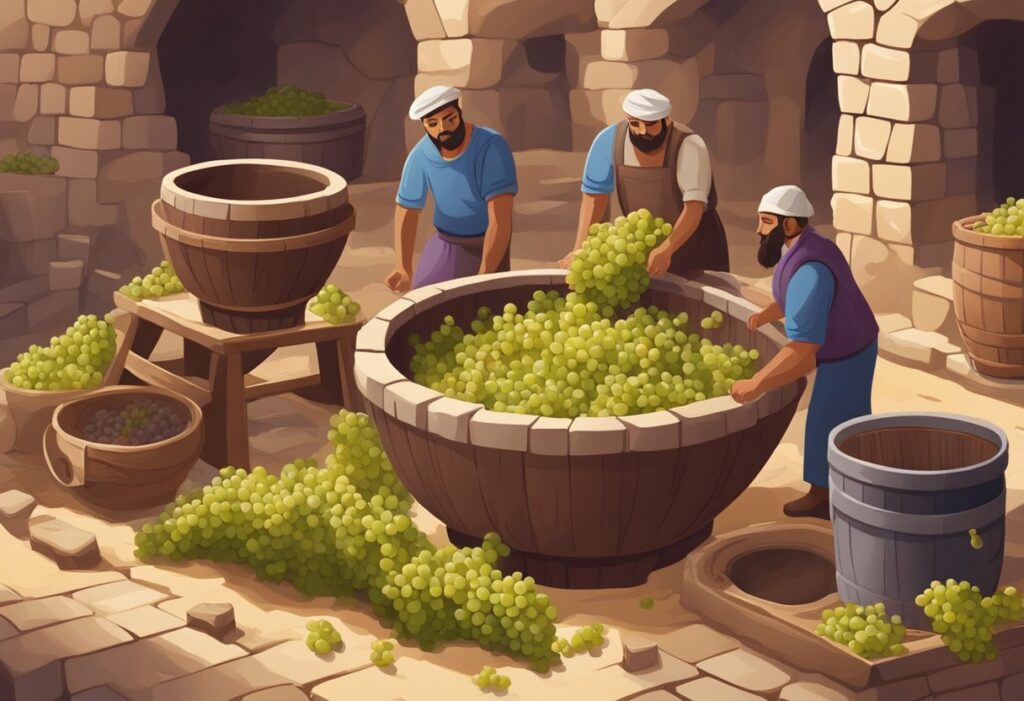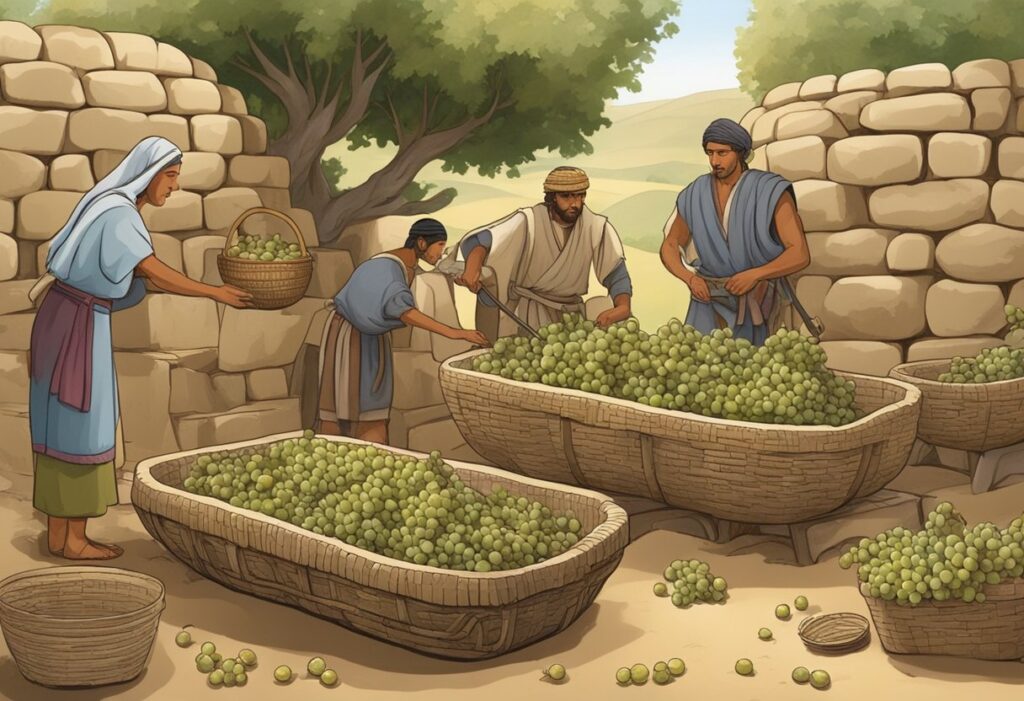Imagine sipping a glass of wine steeped in centuries of history and innovation. From the early days of ancient Rome to the refined craft of today’s vintners, winemaking has been shaped by numerous influential figures. Barbe-Nicole Clicquot, also known as the “Grande Dame of Champagne,” revolutionized the champagne industry through her innovations in production and marketing techniques.
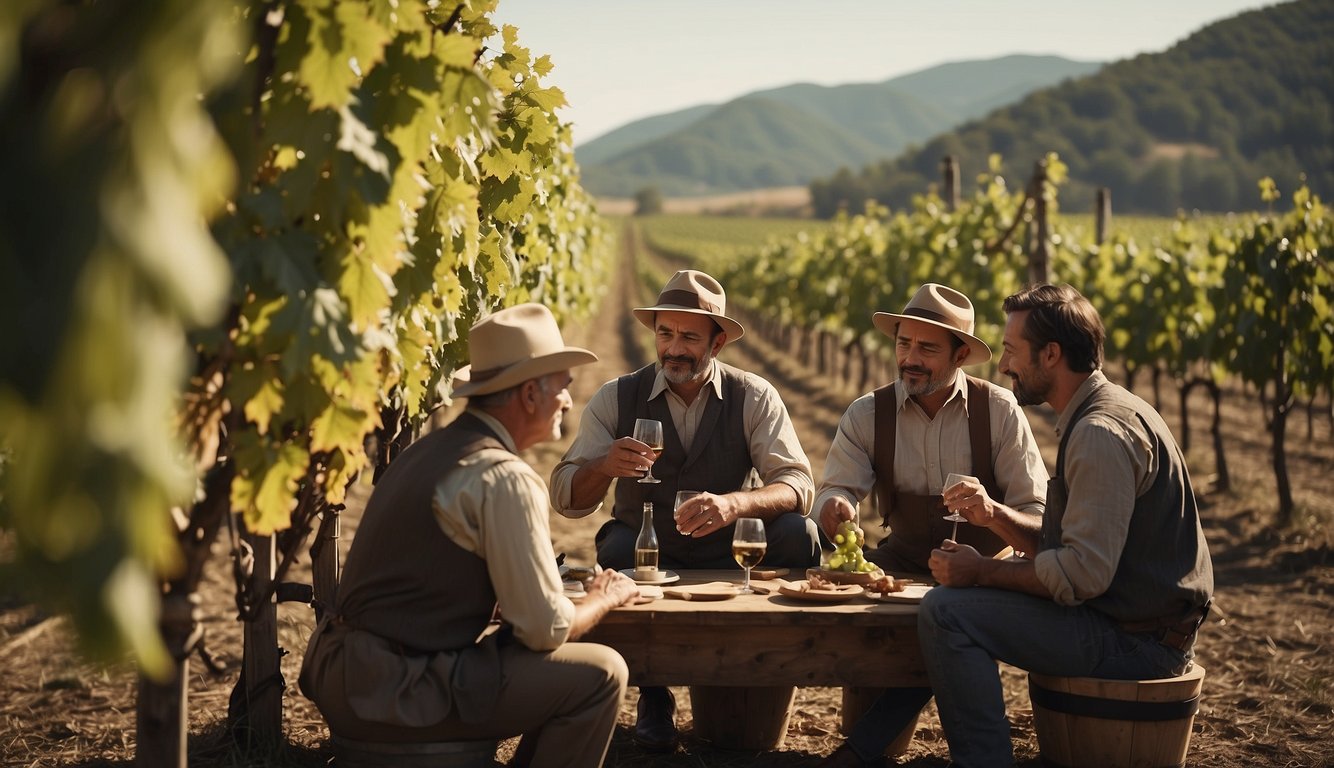
You might not know that the history of Australian wine owes much to James Busby, who brought grape cuttings from Europe in the 19th century. Each figure’s passion and vision have left an indelible mark on the world of wine, from the fertile vineyards of Italy to the boutique wineries emerging worldwide, as highlighted in Women in Winemaking: Pioneers and Innovators.
The journey of wine isn’t just a tale of grapes and glass; it’s a story of culture, innovation, and legacy. Exploring these historical contributions not only enriches your appreciation of wine but also connects you to the rich tapestry of its past. Dive into the tales of these pioneers and discover how their impact continues to pour into every bottle you enjoy.
Grape Cultivation and the Birth of Winemaking
The history of winemaking spans thousands of years, starting from the first cultivation of wild grapes to the sophisticated techniques used today.
Ancient Beginnings: Neolithic to Egyptian Era
Winemaking traces its origins to the Neolithic period. Archaeological evidence from the Zagros Mountains in Iran shows early grape domestication around 6000 BC. These ancient people used wild grapes to produce fermented beverages. Excavations at Hajji Firuz Tepe revealed wine jars with tartaric acid residues, proving that early winemaking was already sophisticated.
In ancient Egypt, winemaking evolved further. By around 3000 BC, the Egyptians had developed large-scale grape cultivation and winemaking techniques. Wine became essential in Egyptian culture, especially in ceremonial life and rituals. The Nile Delta region thrived with royal vineyards, producing wines for the elite.
Viniculture in the Roman Empire and Beyond
The Roman Empire played a crucial role in advancing winemaking techniques. Romans adopted and refined techniques from Greek and Etruscan cultures. They introduced innovations like improved grape pressing methods and wooden barrels for aging.
Roman winemaking became an economic powerhouse, with vineyards sprawling across the empire. Wine was integral to Roman social and religious practices. Different regions developed unique styles and grape varieties. By the Early Republican era, winemaking was a well-developed industry. The Romans’ influence spread throughout Europe, laying the groundwork for modern viniculture.
The New World: European Settlers and Expansion
European settlers brought their winemaking traditions to the New World. In the 16th and 17th centuries, Spanish missionaries introduced vineyards to the Americas, starting in regions like Mexico and California. They planted grapevines and developed local wine industries that flourished.
Wine production in the New World adapted to local climates and soils, creating new varieties and styles. Settlers experimented with different grape types, leading to the diverse wine culture we see today. European techniques merged with local practices, expanding the global reach of winemaking and solidifying its place in history.
Remarkable Innovations in Vineyard Management
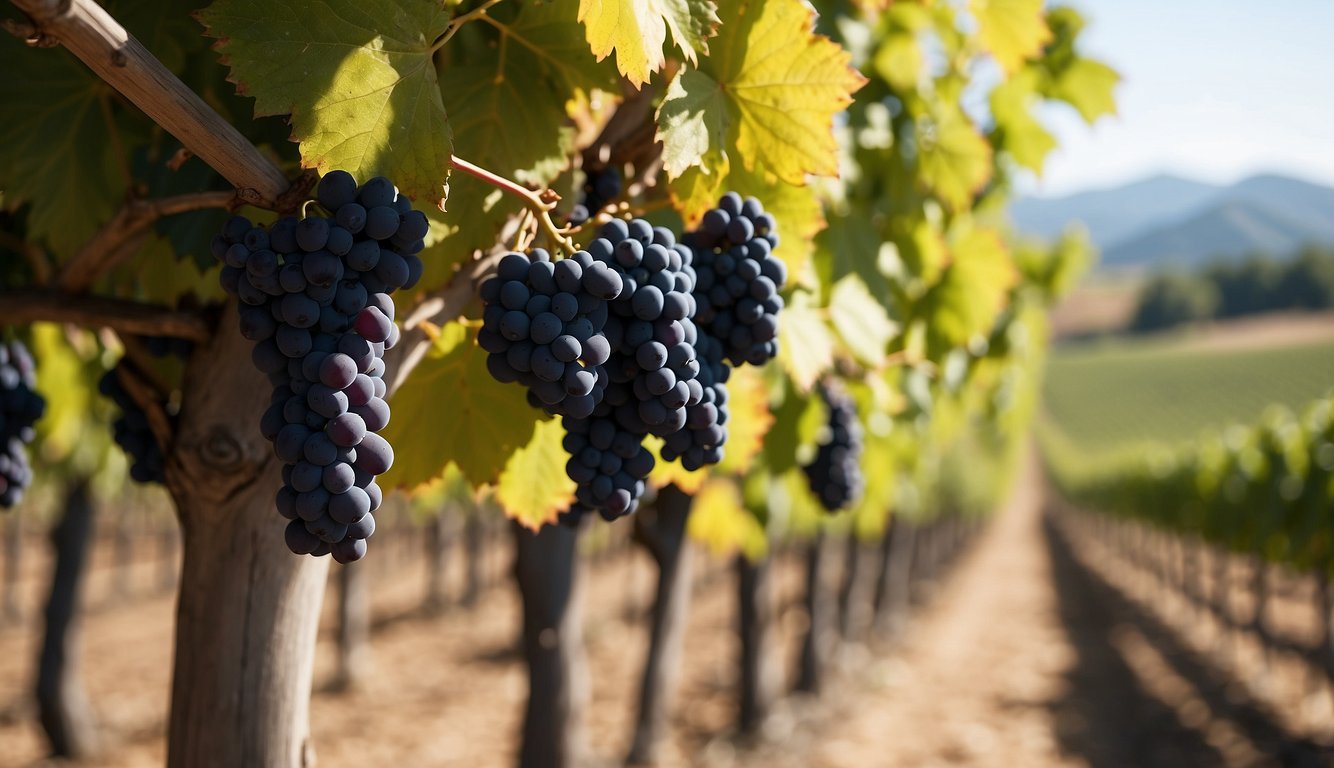
Vineyard management has seen significant technological and methodological changes. These innovations have dramatically improved the quality and consistency of wine production.
The Role of Climate in Wine Quality
Climate plays a crucial role in viticulture. Ensuring the right balance of temperature, sunlight, and precipitation is key to growing high-quality grapes. In recent years, vineyard managers have implemented advanced weather monitoring systems.
These systems use sensors to track temperature, humidity, and soil moisture. This data helps vintners make informed decisions about irrigation and other cultivation practices.
Additionally, some vineyards use drones to monitor vine health and climate conditions. Drones provide aerial views, helping managers spot issues like pests or diseases early. This proactive approach reduces the risk of crop damage and improves the overall grape quality.
Advancements in Viticulture Techniques
Modern viticulture techniques have transformed how grapes are cultivated. One significant advancement is the use of mechanical harvesters. These machines allow for quicker and more efficient grape picking, reducing labor costs and time.
Another innovation is the implementation of precision viticulture. This method involves using GPS and data analytics to apply water, fertilizers, and pesticides more accurately. By targeting specific areas that need treatment, vineyards can minimize waste and environmental impact.
Soil management has also improved with better understanding and technologies. Soil sensors now measure and analyze soil composition and health. This information helps managers optimize soil conditions for vine growth, ensuring healthy and robust grape production.
For further reading on vineyard management history and innovations, visit Vineyard Management.
The Art and Science of Winemaking
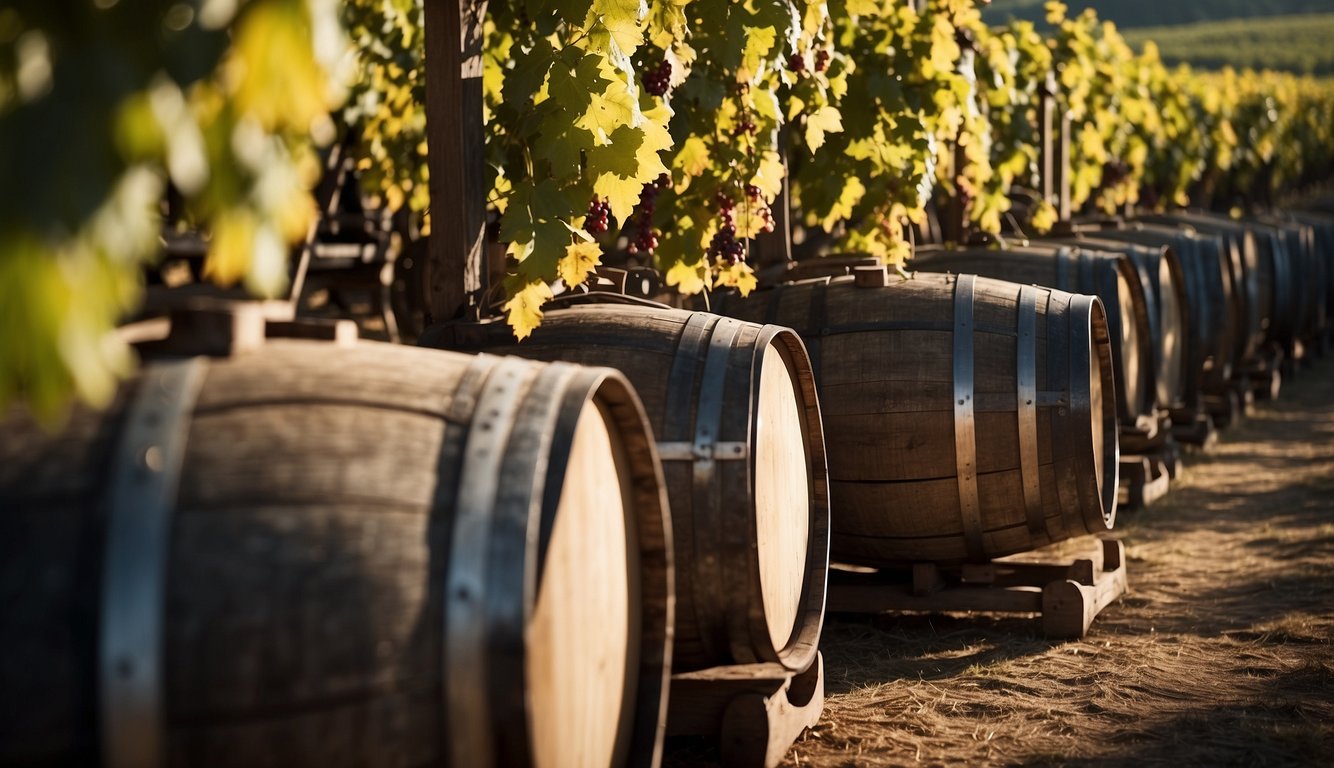
Winemaking blends creativity with scientific precision. This includes careful grape selection, controlled fermentation, and lengthy aging to develop unique taste and flavor profiles.
The Winemaking Process: From Harvest to Bottle
The journey begins with the harvesting of grapes at their peak of ripeness. Timing this right is crucial, as it affects the sugar levels and acidity of the grapes. Once harvested, grapes are sorted and de-stemmed.
Next, the grapes are crushed and pressed. White wine typically involves pressing the grapes to extract the juice before fermentation. Red wine includes fermenting the grape skins with the juice for added color and flavor.
After pressing, the juice undergoes a process called clarification. Any solid particles are removed, ensuring a clean base for fermentation. The wine is then transferred to fermentation vessels, where various techniques, like temperature control, ensure the optimal development of the wine’s characteristics.
Fermentation and Aging: Perfecting Taste and Flavor
Fermentation is a key element. Yeast converts the sugars in grape juice into alcohol. This can be done in stainless steel tanks or oak barrels, each offering a distinct impact on the wine’s flavor.
The aging process is vital for developing complexity. Wines are aged in different types of barrels, with oak being the most popular. Oak barrels impart unique flavors such as vanilla, toast, and spices. The length of aging varies, from months to several years.
Proper bottling ensures the wine matures correctly once sealed. It’s crucial to maintain quality during this stage, as it directly affects the final product’s taste and longevity.
By understanding these elements, you can appreciate the intricate balance of art and science that goes into creating a bottle of wine.
Influential Wine Regions and Varietals
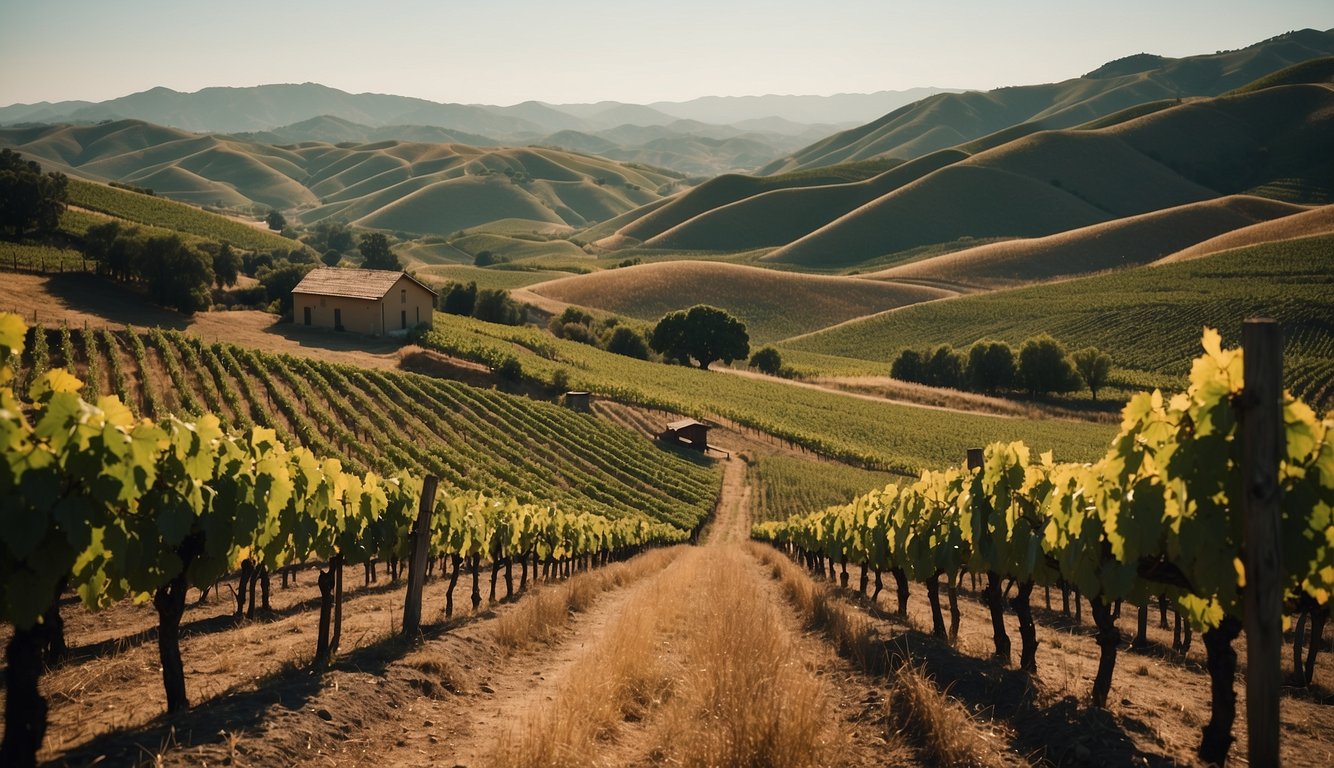
Key wine regions have shaped winemaking traditions and technologies. From the established European regions to innovative New World areas, each has contributed unique varietals and techniques.
European Dominance: France, Italy, and Spain
France, Italy, and Spain are some of the most renowned wine producers. France includes regions like Bordeaux and Champagne, known for their rich winemaking heritage. Bordeaux blends often feature varieties like Cabernet Sauvignon, Merlot, and Cabernet Franc (source). Champagne, another famous French region, is synonymous with sparkling wine.
In Italy, Tuscany is famous for wines made from Sangiovese grapes, especially Chianti. The Piedmont region shines with its Nebbiolo grapes, which make the renowned Barolo and Barbaresco wines.
Spain stands out with its distinctive Tempranillo grape, particularly from the Rioja region. The country is also famous for its Sherry from Jerez and cavas sparkling wines, challenging the might of French Champagne. These regions each offer unique wines that have had a lasting impact on global viniculture.
Rising Stars: New World Contributions
New World wine regions, including the United States and Australia, have brought innovation and popularity to the wine industry. California’s Napa Valley is famed for its Cabernet Sauvignon and Pinot Noir. These wines are known for their bold flavors and have earned global recognition.
Australia’s Barossa Valley is celebrated for its robust Shiraz. These wines are powerful and rich, reflecting the region’s warm climate.
New Zealand has made a name for itself with Sauvignon Blanc from Marlborough. The crisp and vibrant wines from this area contrast with the traditional wines from Europe.
South America’s Chile and Argentina also contribute significantly. Chile’s Carmenère and Argentina’s Malbec are prized for their unique taste profiles. These New World regions continue to push boundaries and introduce new wine styles to enthusiasts around the world.
The Global Impact of Wine
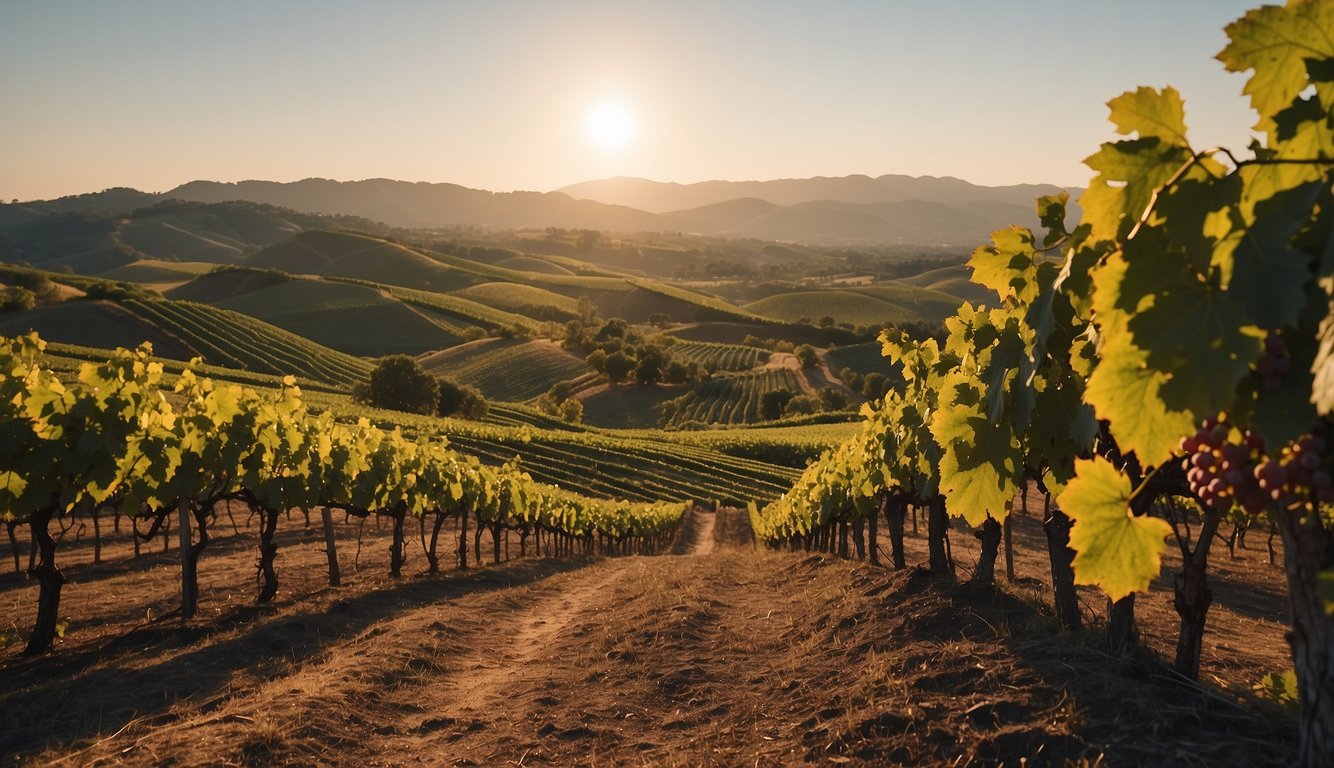
Wine has shaped cultures, industries, and economies around the world. It has influenced societal norms and continues to hold significant cultural weight.
Cultural Significance and Societal Norms
Wine plays a crucial role in many cultures, symbolizing celebration and tradition. In France, the love for wine permeates daily life, with each region boasting unique varieties like Bordeaux and Champagne. Italian culture also holds wine dear, with family gatherings often featuring local wines such as Chianti or Barolo.
In many societies, wine signifies status and sophistication. Owning a well-stocked wine cellar has become a mark of prestige among enthusiasts. In parts of Europe, wine is present at almost every meal, underscoring its deep social integration. Events like wine tastings and festivals further highlight its cultural importance.
The wine industry also significantly impacts economies. Leading wine-producing countries like France, Italy, and Spain contribute billions to the global market. The rise of the wine business and marketing strategies has expanded its global reach, making wine a staple in trade.
Wine’s history has evolved from ancient practices to a modern, scientifically-driven industry, improving quality and expanding its variety. The social norms around wine have also changed, moving from exclusive circles to widespread appreciation across diverse demographics.
